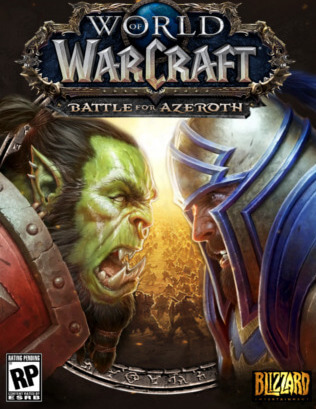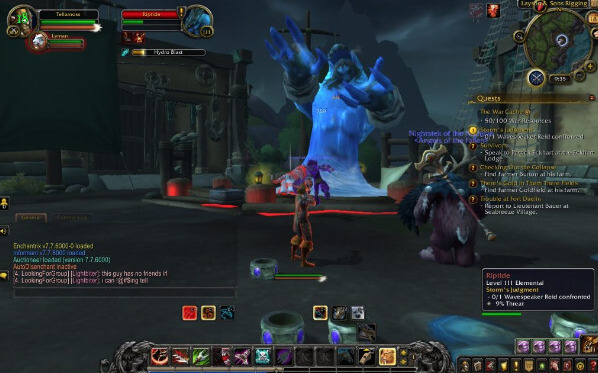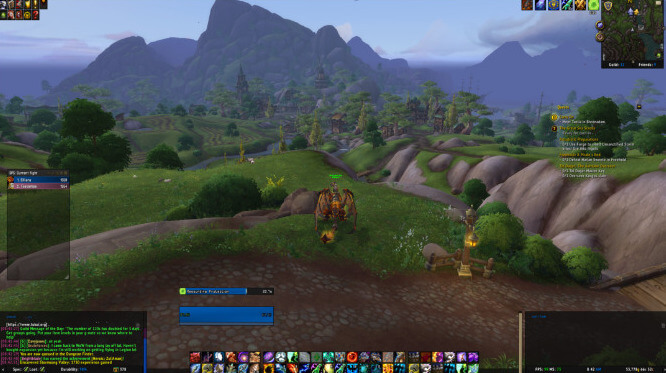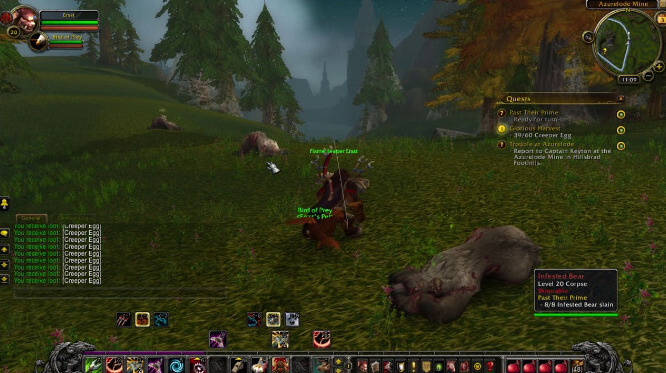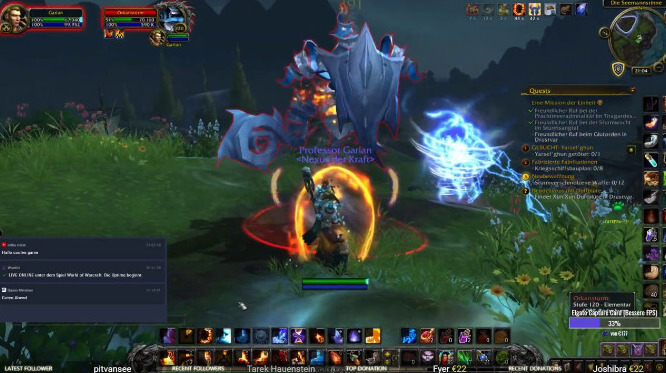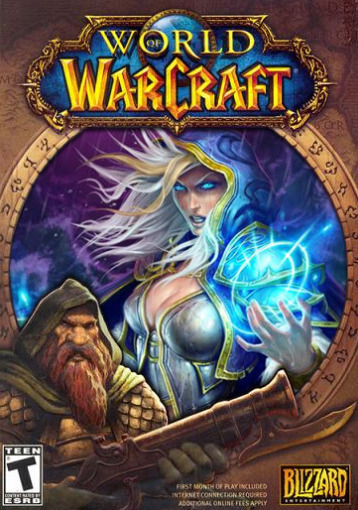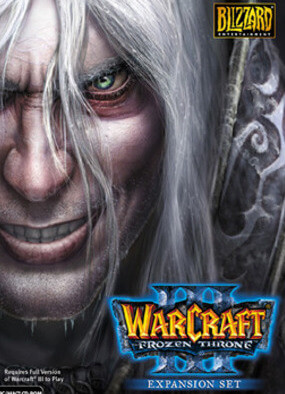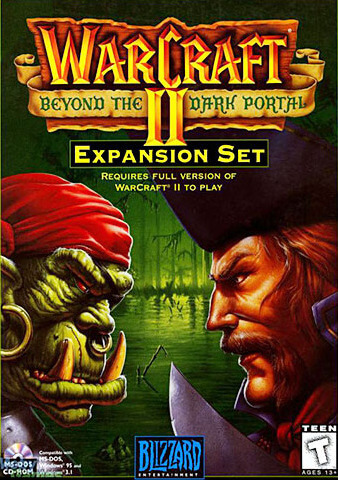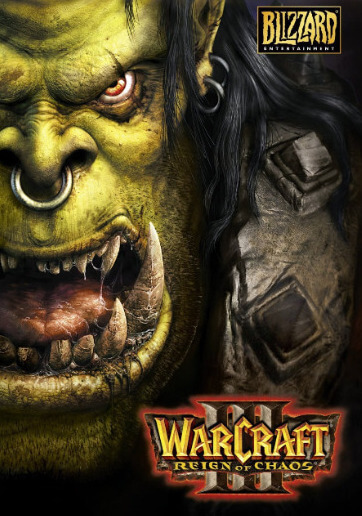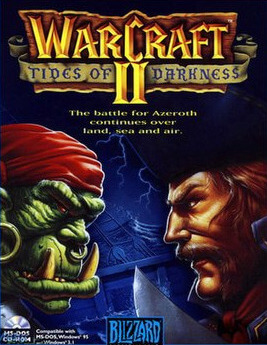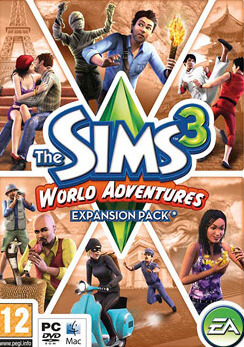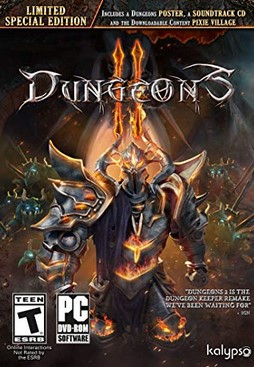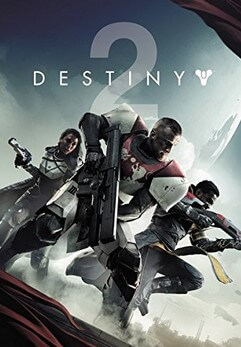World of Warcraft: Battle for Azeroth is the seventh expansion pack for the massively multiplayer online role-playing game (MMORPG) World of Warcraft, following Legion. It was announced at BlizzCon on November 3, 2017. In contrast to previous expansions, which went live at midnight in each time zone, Battle for Azeroth had a simultaneous release for all regions, corresponding to midnight Central European Summer Time on August 14, 2018.
In addition to raising the level cap from 110 to 120, the expansion introduces the Kul Tiras and Zandalar continents and four allied races for both the Alliance and the Horde, while also adding dungeons and raids, warfronts, and uncharted islands.
Gameplay
The expansion allows players to level up to level 120, an increase from the level cap of 110 in the previous expansion Legion. Initially, there will be ten dungeons included with 8.0 with Mythic Plus versions of the dungeons and the first raid, Uldir, being available soon after the game's release. Following the beginning of preorders and the release of four allied races in January 2018, the number of character slots per server was raised from 12 to 16; with the launch of the expansion in August, it was raised to 18, to make room for the two additional races unlocked with initial content. The number of available bag slots in the player's backpack, which has been fixed at 16 slots since the game's release in 2004, will also receive an increase if an authenticator is attached to an account.
Changes to gameplay
A "stat squish" and "item squish" were implemented to lower the numbers used in the game, e.g. a legendary item previously with a level of 1000 reduced to 265. Unique class-specific buffs are added back, i.e. mages' Arcane Brilliance and priests' Mark of Fortitude. Titanforging—a random event that raises the initial item level of an item gained via drops or rewards—is still in the game; however, if the item is one of those affected by the Heart of Azeroth, then that item cannot be titanforged.
Changes were also made to leveling in earlier content with Legion's 7.3.5 patch. The level-scaling tech introduced in Legion not only be continued in the new continents of Kul Tiras and Zandalar, but was also be applied to content from prior expansions, allowing larger level brackets for lower level zones. Further, as previous expansions are now included in the base game, the level ranges for those expansions are now broadened, allowing players to spend more time leveling in preferred expansions and avoid others entirely. Some examples include a zone like Westfall having its level bracket (at 10–15 as of Legion) increased to 10–60, whilst continents such as Outland and Northrend sharing a 60–80 level bracket. The aim of this change is to encourage more player choice whilst leveling and to allow players to experience the full story of a particular zone without overlevelling the relevant quests.
There were not as many class changes in Battle for Azeroth as there were for Legion, although Ion Hazzikostas noted, "Not all experiments were successful (i.e. Demonology Warlocks). Survival Hunter execution needs work but we're committed to the melee Hunter."
Heart of Azeroth
The Heart of Azeroth is an artifact given to the player character from the world soul via Magni Bronzebeard. It is a necklace that can use the power of Azerite, the lifeblood of the embryonic titan Azeroth (See Plot, below). Azerite is similar in function to Legion's artifact power, in that it is gathered normally from playing the game and is used to upgrade an artifact; likewise, the Heart is similar in function to Legion's artifact weapons by having the capacity to be constantly upgraded. Unlike artifact weapons, however, the Heart is shared with all of the player's specializations and can empower all eligible pieces worn simultaneously.
Valid pieces for Azerite empowerment are available for the chest, shoulder, and head slots of all classes. This equipment has multiple tiers of that can be unlocked, represented by a series of concentric wheels with icons representing individual powers; as individual powers are selected, they rotate into slots at the top of the interface, activating the selected benefit and locking out the others unless the player pays to reset their decision. Outer rings offer multiple choices, some based around the character's class and specification, others around the zone or circumstances in which the gear was acquired. The innermost circle offers no such options, instead of being a boost to the level of the item itself, and thus providing a flat all-around benefit.
Allied races
The allied races, who were formerly neutral factions or newly introduced, can be recruited by completing quest chains. Four of these races were unlocked when the expansion became available for preorder on January 2018, and four more will be added after the game's launch.
The Alliance are able to unlock the void elves (exiled blood elves who can tap into shadow magic, trained by Alleria Windrunner after her experiences on Argus), Lightforged draenei (Draenei members of the Army of the Light who fought the Legion on Argus), Dark Iron dwarves (fire-blooded cousins of the dwarves of Ironforge), and Kul Tiran humans (larger, more heavyset versions of the in-game humans of Stormwind).
The Horde has access to the Nightborne (former Night Elves from Suramar), the Highmountain tauren (moose-antlered cousins of the in-game tauren of Mulgore), the Mag'har orcs (survivors of the Iron Horde from Warlords of Draenor), and the Zandalari (progenitors of all of the trolls of Azeroth).
